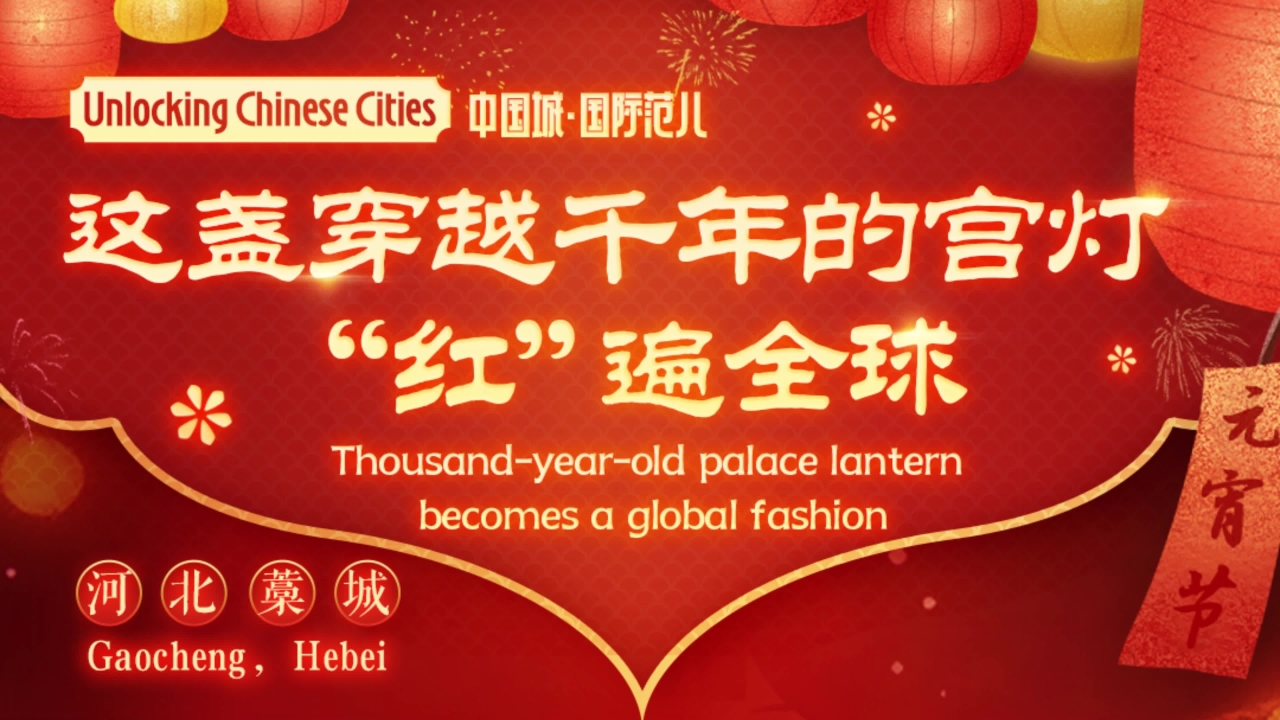Chinese scientists have developed a new rice variety capable of synthesizing CoQ10, paving the way for enriched dietary sources of the widely used antioxidant supplement.
The creation of CoQ10-producing crops offers a cost-effective and environmentally friendly way to enhance nutrition, researchers said.
CoQ10, or coenzyme Q10, is important for human health, particularly for heart protection. It plays a key role in the mitochondrial electron transport chain and functions as a fat-soluble antioxidant. While the human body synthesizes CoQ10 naturally, production declines after age 20. Some experts say statin medications may also affect its synthesis.
Unlike humans, who produce CoQ10 with a side chain of 10 isoprene units (C50), cereal crops such as rice and wheat, as well as certain vegetables and fruits, primarily produce CoQ9, which contains nine isoprene units (C45). The key difference lies in the lengths of their side chains.
In a joint study, researchers from the Shanghai Chenshan Research Center at the Chinese Academy of Sciences' Center for Excellence in Molecular Plant Sciences and the CAS Institute of Genetics and Developmental Biology analyzed 134 plant samples from 67 families. The samples — collected from the diverse plant collections at Shanghai Chenshan Botanical Garden — included mosses, clubmosses, ferns, gymnosperms and angiosperms.
Scientists mapped the distribution patterns of CoQ types across these species and found that CoQ10 is an ancestral trait of flowering plants. While most plants continue to synthesize CoQ10, grasses, including all cereal crops such as rice, wheat and corn, as well as daisies and cucurbit plants mainly produce CoQ9.
By analyzing the evolutionary pathways and natural variations of an enzyme involved in CoQ side-chain synthesis in more than 1,000 terrestrial plant species, researchers identified five amino acid sites that determine side-chain length. Machine learning aided the discovery.
Through targeted gene editing, they successfully modified rice plants to primarily synthesize CoQ10, with levels reaching 5 micrograms per gram of rice grain, without affecting yield.
"This compares to the fact that today, the amount of CoQ10 obtained from food for a person is around 3 to 5 milligrams per day, while that from grains is nearly zero," said Chen Xiaoya, a lead researcher on the team.
A paper on the findings was published on Friday in the journal Cell.
"The CoQ10 in rice remains stable during cooking," said Xu Jingjing, co-first author of the study.
Chen, a co-corresponding author, said researchers are now working to introduce the CoQ10 trait into elite rice varieties suitable for large-scale cultivation.
The breakthrough also highlights the role of big data and artificial intelligence in understanding plant trait evolution for crop breeding, researchers said.
"Similar gene editing work on wheat is underway and has made significant progress," Chen said.
Gene editing is an efficient and safe method of crop improvement that has developed rapidly in recent years. The edited plants do not contain foreign genes and are genetically stable, Chen said.


















































 京公網安備 11010202009201號
京公網安備 11010202009201號